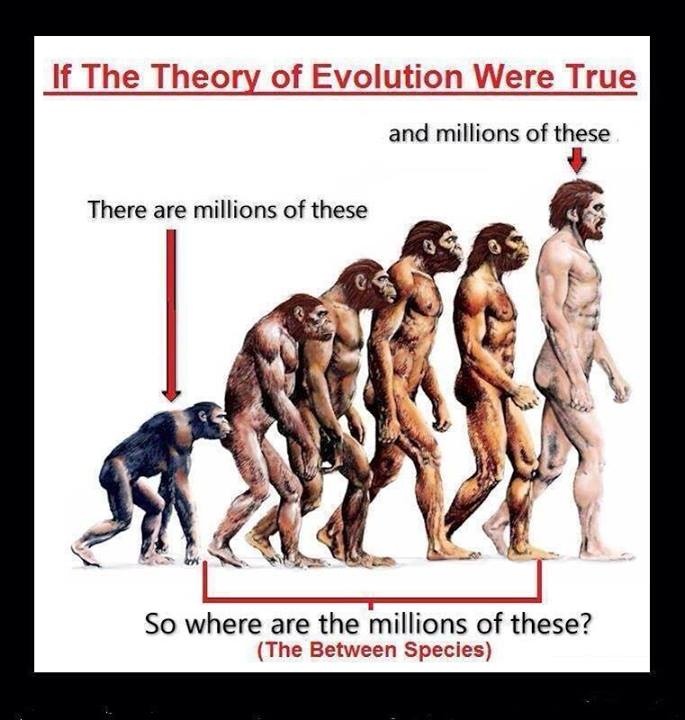By now, I am sure most people would have seen this anti-evolution meme which has been circulating on Facebook and e-mail for some months:
The meme demonstrates the usual special creationist mistake of thinking that evolution proceeds along a straight line. As I have pointed out before, this is incorrect. Humans did not evolve from present-day chimpanzees. Rather, humans and chimpanzees share a common ancestor. Once again, evolution is a tree, not a ladder, and the above picture completely misrepresents human evolution, which actually looks like this:
The meme draws its inspiration from an illustration - fifty years old this year - in the Early Man volume of Life Nature Library. Interestingly, special creationists who use it as evidence that palaeontologists believe that human evolution followed a rigid linear path have badly misread it, as anthropologist and Early Man author Francis Howell noted:
The artist didn't intend to reduce the evolution of man to a linear sequence, but it was read that way by viewers. [1]
Special creationists who appeal to this image are demonstrating not just their lack of knowledge of palaeoanthropology, but of the context in which this image occurs.
The meme implies that there is no fossil evidence for human evolution. That is incorrect:
“Opponents of scientific biology are fond of dismissing that record as a pathetic handful of controversial fragments. If that were so, this book would be a lot shorter. An often-repeated creationist canard insists that all known human fossils would fit on a billiard table. This was probably true in the 19th century, but it has not been true for a hundred years. Known human fossils number in the thousands and represent the remains of hundreds of individuals...Having seen most of the major collections of human fossils in the world's museums, we can assure our readers that those collections can no longer be laid out on a billiard table. It would be hard to cram them into a boxcar.” [2]
While human evolution is very much still the subject of active research, the fact of human-ape common ancestry and large-scale evolutionary trends such as increasing cranial capacity and a trend from facultative to obligate bipedality are beyond doubt, and any special creationist assertion to the otherwise is false, and betrays a considerable
ignorance of the evidence.
Reference
1. Barringer D (2006) "Raining on Evolution’s Parade"
I.D. Magazine (2006) March/April
2. Cartmill M, Smith FH, Brown KB
“The Human Lineage” xi (Wiley, 2009)






